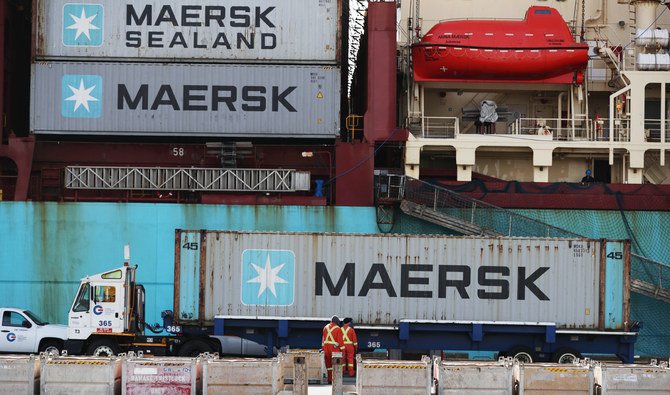
Courses
Introduction to Political Economy
This course aims to introduce the basic concepts and issues in political economy, and examines the relationship of the individual to society, the economy, and the state with a particular focus on state-market interactions and intersections. The course is divided into two parts. The first part traces the historical development and the foundation of political economy by examining the ideas of thinkers from Adam Smith to Karl Marx to John Maynard Keynes. The second part applies economic tools to traditional problems of political science such as development and democracy, voting behaviours, collective action problems, interest groups, bargaining and representation. Our objective is to understand how politics and economics interweaves in the modern world and learn how to apply theories to contemporary problems.
This course examines the intertwining and interaction of economics (wealth creation) and politics (political power) in international and global affairs. The nineteenth century term "political economy" is used here because economic and political forces are always enmeshed with each other. The course provides students with an overview of theories and issues of international political economy. In the first part of the course, we discuss the major theoretical perspectives (economic liberalism, economic nationalism, Marxist theory, etc.) that contend for recognition in international political economy. In the second part, we focus on substantive policy issues that concern the operations of international political economy. These issues include international trade and monetary system, foreign investment and multinational corporations, foreign aid and debt, and North-South relations. They will be examined against the backdrop of the changing global political order.
International Political Economy
This course introduces students to the study of social movement and contentious politics in a comparative perspective. We will distinguish contentious politics from the normal political process and introduces the early theories of contentious politics. Students will examine the theoretical building blocks of the field, including the political opportunity structure, mobilizing structure, and frames. They will also learn to apply these conceptual toolkits to real-world examples to understand why movements emerge, how they evolve and what changes they brought about. By the end of the course, students should have a good grounding in the contentious politics literature and should be able to analyse social movements from a theoretical perspective.
Contentious Politics and Social Movements


